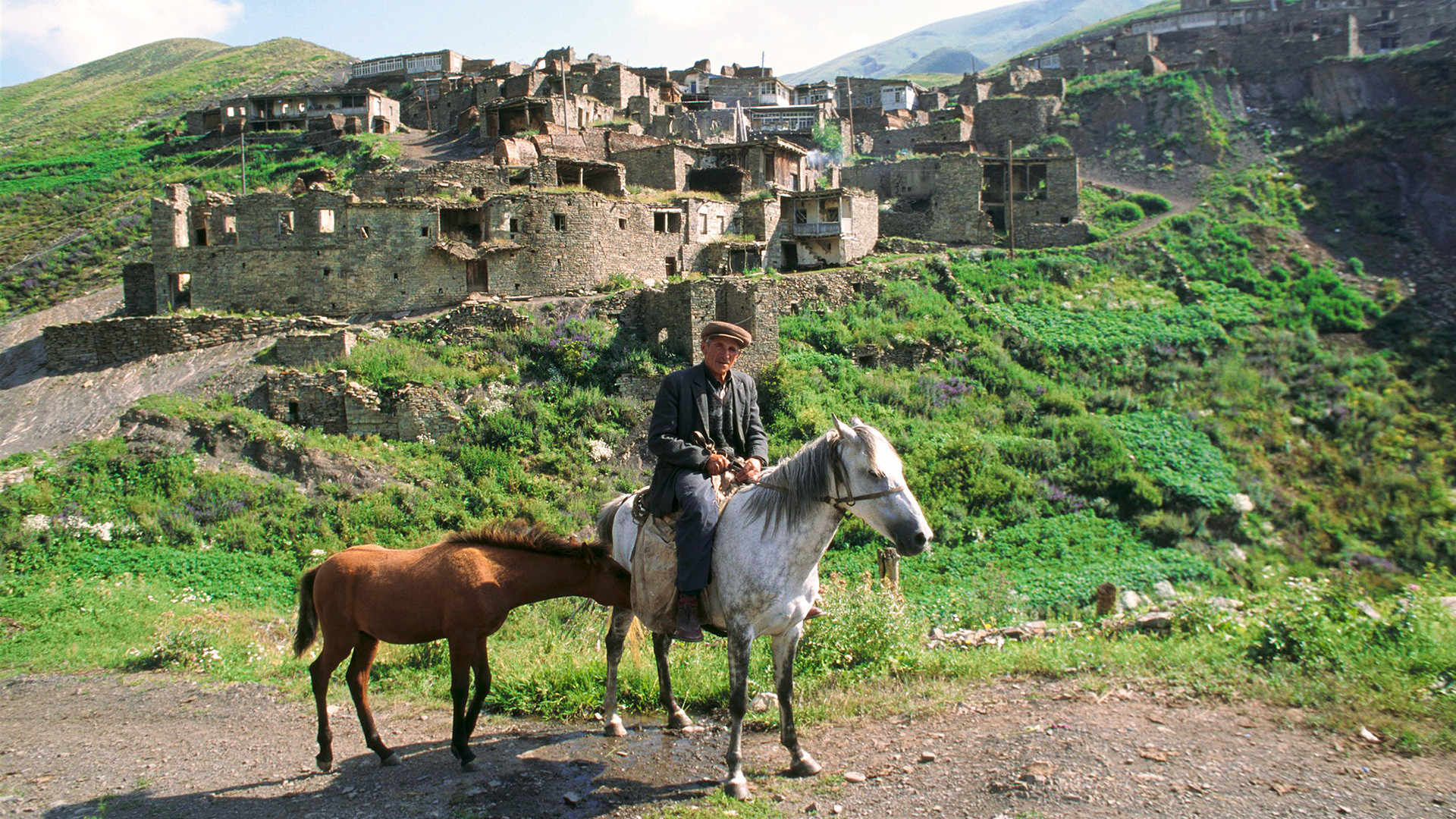
Landscapes
Located in the Caucasian mountains, the Russian republic of Dagestan is home to the most southern geographical point of Russia and one of its oldest cities, Derbent (founded in the 6th century BC). Derbent is a charming city with an indescribable atmosphere and is actually the unofficial capital of Dagestan. A must see here is its ancient fortresses and the Juma Mosque (the oldest in Russia), which is UNESCO World Heritage listed.
Dagestan’s official capital Makhachkala is a true Caucasian Babylon. People of more than 100 different ethnicities speak 60 languages here (we can’t guarantee that English is among them). The Avars
Though Islam is Dagestan's dominant religion, Christians and Jews have also long inhabited this land.
For sure the most popular thing people travel to the Caucasus for is to experience the local cuisine. Fatty soups, lamb and beef
Incidentally, Dagestan’s city of Kizlyar is the motherland of Russian cognac, beloved even by Peter the Great.
Read more: Geotagged: Kaliningrad, Geotagged: Yakutia, Geotagged: Solovki
If using any of Russia Beyond's content, partly or in full, always provide an active hyperlink to the original material.
Subscribe
to our newsletter!
Get the week's best stories straight to your inbox